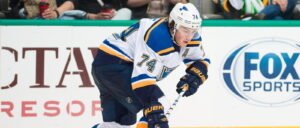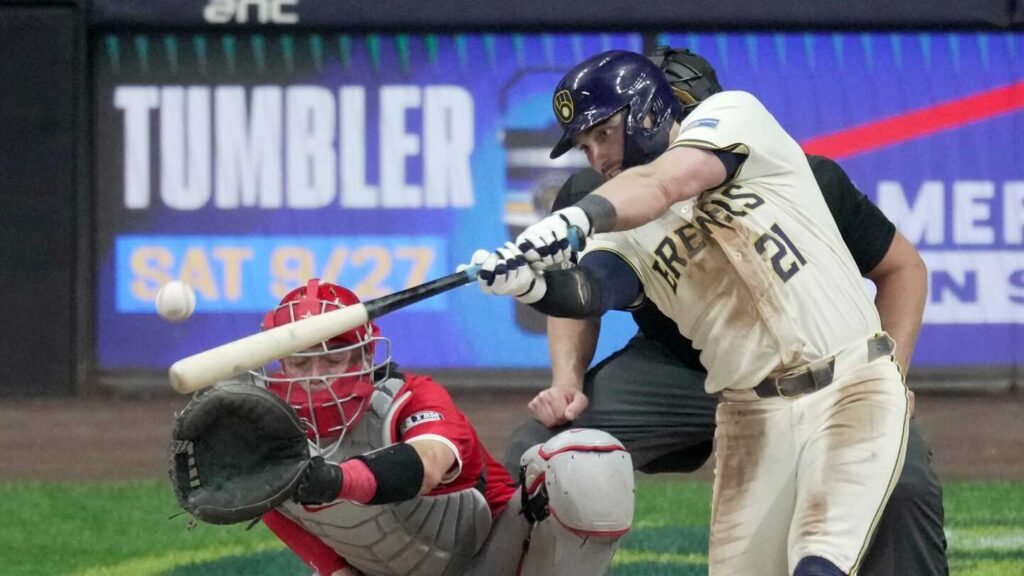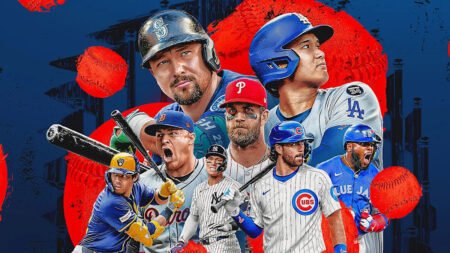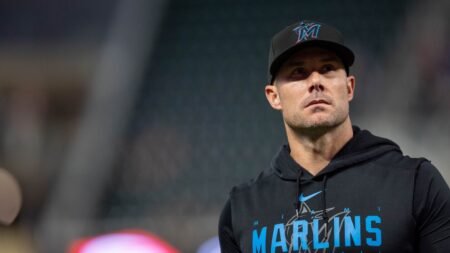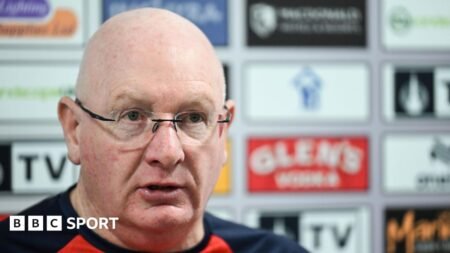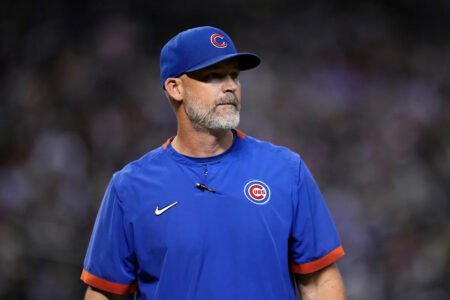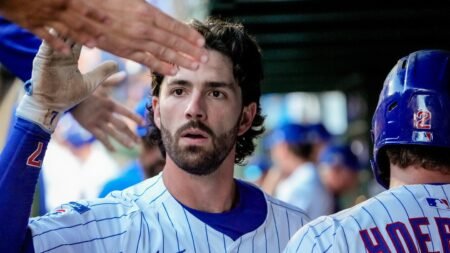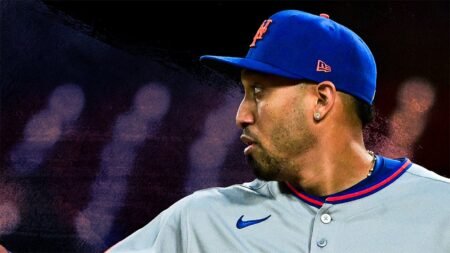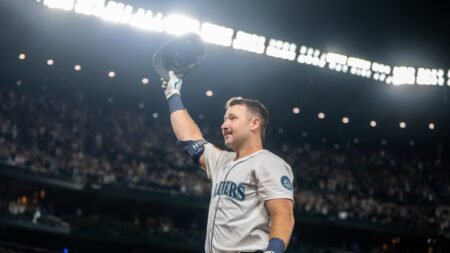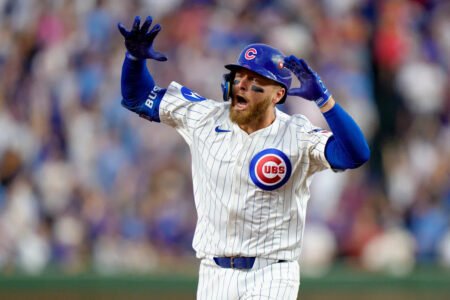MILWAUKEE — Pitching generally has carried the Milwaukee Brewers as they’ve made their run of seven postseason appearances over the last eight years.
This year, they might have the type of offense that can produce more playoff success.
Milwaukee posted the best record in the major leagues this year while having the second-best earned run average. But the Brewers also scored 806 runs — their most since 1999 — to rank third in the majors.
They’ve done it without hitting many homers and instead relying on plate discipline and speed. They will try to keep that going when they host the Chicago Cubs in Game 1 of an NL Division Series.
“You have good swing decisions, you make them throw strikes, you get free bases or you get pitches to hit,” second baseman Brice Turang said.
The Brewers swung at the fewest percentage of pitches outside the strike zone across the majors. Hitting coach Al LeBoeuf says the Brewers can preach that mentality up and down the lineup because 2018 NL MVP Christian Yelich believes in it.
“Christian understands the fact that’s the way we have to play,” LeBoeuf said. “He just passes the baton and spreads the message, ‘Hey, here’s the way we’ve got to play.’”
Manager Pat Murphy delivers his own pointed message.
“If you chase, you don’t play,” Murphy said. “The guys with the best ability to control the strike zone are going to play.”
That’s what the Brewers told first baseman Andrew Vaughn when they called him up from the minors after acquiring him from the Chicago White Sox. Vaughn had an .869 OPS in 64 games with Milwaukee, up from .531 in his 48 games with the White Sox.
“The message was control the strike zone, get on base and score runs,” Vaughn said. “Just be stubborn.”
The Brewers’ .332 on-base percentage was the second-highest in MLB.
They also wreak havoc once they reach base. Milwaukee’s 164 steals ranked second in the majors.
That explains how the Brewers scored so many runs despite hitting just 166 homers to rank 22nd. Murphy compares his hitters to woodpeckers because they keep pecking away throughout games.
“These guys are a handful,” Cincinnati Reds manager Terry Francona said. “When you play them, even when you beat them, you’re tired. They have a lot of ways to come at you.”
Outfielder Sal Frelick says he can tell how the Brewers’ speed bothers opposing defenses.
“It’s not even the actual stealing bases part. Just having the threat of it,” Frelick said. “Pitchers maybe have to slide-step, which makes them not throw as many strikes. And with a speedy guy on first, a hitter’s probably going to get more fastballs because (a pitcher) doesn’t want to throw curveballs in the dirt or offspeed pitches that you can steal on.”
Although Milwaukee didn’t have a single All-Star position player, several Brewers outperformed their career norms.
Frelick’s OPS is .756, up from .655 last season. Turang has seen his OPS soar from .585 in his 2023 rookie season to .794 this year.
As a longtime Brewers minor league coach in the majors for the first time this year, LeBoeuf has seen both Frelick and Turang develop. LeBoeuf noted Turang adjusted this swing to turn the barrel out in front, giving him more bat speed. He mentioned Frelick’s “tremendous hands” and improved bat-to-ball skills.
The Brewers got big contributions from a pair of rookies as well.
Caleb Durbin, acquired in the deal that sent two-time All-Star reliever Devin Williams to the New York Yankees, was hitting just .186 on May 23 but batted .277 the rest of the way. Isaac Collins had a .368 on-base percentage in 130 games.
It took a while for this lineup to get going.
When the Brewers were 25-28 on May 24, they were ranked 14th in MLB in total runs, 21st in on-base percentage (.311) and 28th in slugging percentage (.354). Yelich was returning from back surgery, two-time All-Star William Contreras was playing through a broken finger, and both had slow starts.
But the Brewers ranked second in total runs, first in on-base percentage (.343) and eight in slugging percentage (.426) the rest of the way. The lineup surged even after LeBoeuf was away from the team for three weeks in July to undergo surgery for prostate cancer. Leboeuf said last week he feels great and that “winning ballgames has made it a lot easier to digest.”
“I think that just goes back to just having a better idea of who we are as an offense and really shaping that identity throughout the year,” Durbin said. “I think once we hit June, we were really taking off with that approach and being really comfortable with who we are as an offense. We knew all the different ways we could score.”
They haven’t been scoring quite as much lately, creating consternation among Brewers fans bracing for more October disappointment. The Brewers didn’t exceed four runs in any of their last nine regular-season games.
Starting with their Game 7 home loss to the Los Angeles Dodgers in the 2018 NL Championship Series, the Brewers have dropped 11 of their last 13 playoff games. They scored over four runs in just one of those 13 games, a 5-3 Game 2 victory over the New York Mets in last year’s NL Wild Card Series.
“It doesn’t matter if you’re the Brewers, Dodgers or whoever,” Yelich said. “Runs are hard to come by in the postseason because you’re facing all the best pitchers, all the leverage arms out of the bullpen.”
Yet the Brewers believe their resourcefulness at the plate and on the basepaths could make their offense particularly well suited for the postseason.
“You look at a lot of offenses with teams that hit a lot of homers,” Frelick said. “When those offenses aren’t hitting homers, you kind of see them not scoring as many runs. I think in our case, that’s not how we play anyway. When we’re not getting 12 hits a game, we’re still able to score runs because that’s how we have to score runs, by playing smallball, moving runners and stuff like that.”
Read the full article here


